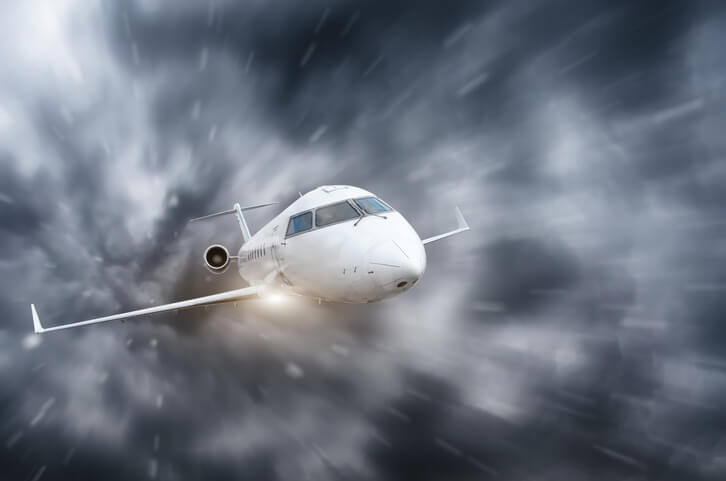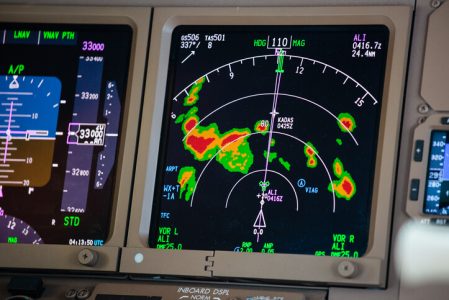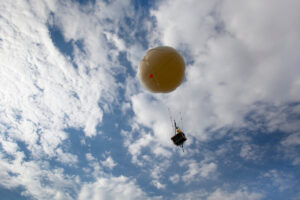Aviation Weather Technology Sees Advancement
Aviation weather avoidance technology has advanced significantly over the years, making flying much easier and safer. Gone are the days of complicated radar displays and the need for extensive training. Now, pilots have access to advanced tools like the new Garmin auto radar, which is being added to the Cirrus Vision Jet.
The new Garmin auto radar, now integrated into the Cirrus Vision Jet, is a shining example. No longer do pilots have to struggle with finding the correct tilt and range; the auto radar takes care of it all.
By simply selecting the desired range, this advanced radar system scans the airspace ahead and provides a real-time composite picture of the weather. It automatically optimizes the horizontal scan pattern and tilt combination, eliminating the need to worry about ground clutter. The display is now vibrant and clear, utilizing 16 beautiful colors to indicate weather patterns. Pilots can confidently make informed decisions on which direction to steer clear of dangerous aviation weather.

Aviation Weather Flying Safety
There are many reasons why it is crucial for pilots to stay informed of weather before and during a flight:
- Safety: Above all else, safety is the primary concern of all flights. Severe weather conditions such as thunderstorms or turbulence can pose a significant risk to aircraft. For instance, wind shear, a sudden change in wind speed or direction, can cause a plane to lose altitude abruptly, jeopardizing the safety of everyone on board.
- Flight Efficiency: Weather has a direct impact on fuel consumption. By monitoring weather conditions, pilots can optimize their flight path to avoid headwinds and take advantage of tailwinds, thus saving fuel and reducing operational costs.
- Passenger Comfort: Turbulence caused by changes in weather can lead to an uncomfortable and distressing experience for passengers. Staying updated on the weather allows pilots to anticipate turbulence and take steps to minimize its effects, thereby ensuring a smoother journey for passengers.
- Visibility: Conditions like fog, rain, or snow can severely reduce visibility, making it challenging to navigate or land the aircraft safely. By keeping track of the weather, pilots can be prepared for low-visibility scenarios.
- Prevent Delays: By tracking weather patterns, pilots can foresee potential issues that might lead to flight delays or cancellations. This not only helps in maintaining the schedule but also aids in managing passenger expectations.
Tools, like those provided by Garmin, provide critical data, including wind speed and direction, temperature, precipitation, and more. By using these resources, pilots can make informed decisions, enhancing their ability to handle adverse weather conditions effectively.










